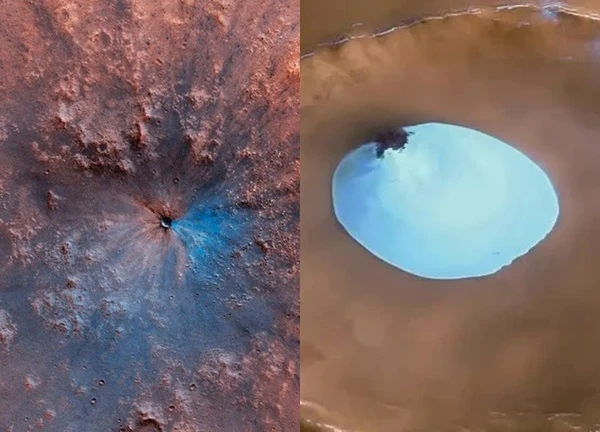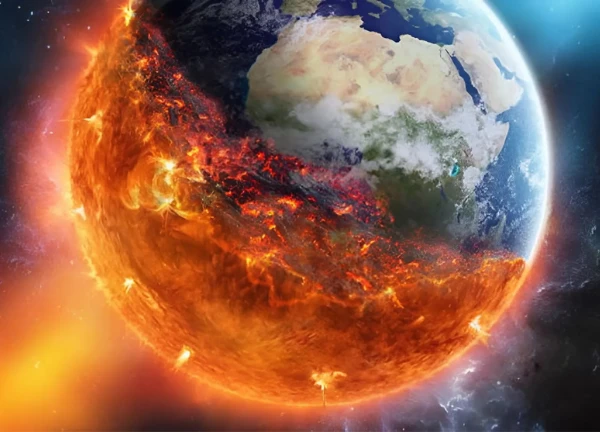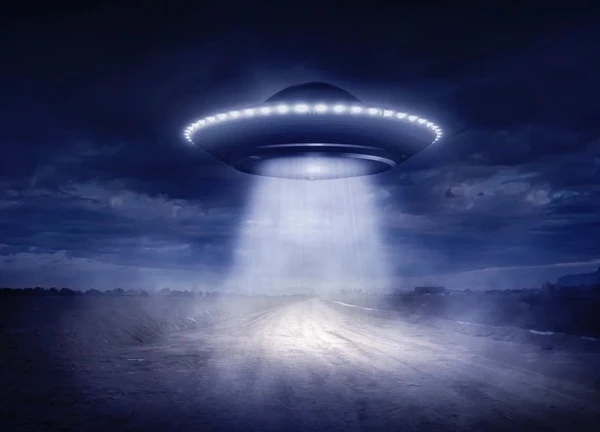BTS plays dominantly: Opening the album "Proof" on comeback day, Kpop plunges into the turbulence?

0 | 0 Discuss | Share
Asteroid 2024 YR4 is on track to hit Earth in 2032, releasing 500 times more energy than the Hiroshima bomb. Although the probability is low, NASA and ESA are closely monitoring it to prepare precautions to protect the planet from potential disaster.
In late December 2024, a giant asteroid called 2024 YR4 was detected by NASA's Asteroid Impact Warning System (ATLAS). Scientists have calculated that the probability of this asteroid colliding with Earth in 2032 could be as high as 1.2%. While this number is not very large, it is still an important warning. At 55 meters in size, this asteroid is not large enough to cause the apocalyptic event that some works of science fiction depict, but the energy it would release upon impact with Earth could be equivalent to 8 megatons, which is more than 500 times the explosive power of the atomic bomb dropped on Hiroshima.
If 2024 YR4 were to collide with Earth, the consequences could be dire for populated areas. Such a collision would have the potential to completely destroy a major city, causing untold loss of life and property. Fortunately, scientists believe the odds of an impact are low, and there is currently no immediate risk.
According to calculations by NASA and the European Space Agency (ESA), the most dangerous time for asteroid 2024 YR4 to collide with Earth is December 22, 2032. Although this probability has now been adjusted to 2.2% (compared to 1.2% previously), there are still many things that scientists have not clearly determined, such as the density and material composition of the asteroid.
Although the 2.2% figure is not high, it is still enough for space agencies, scientists and governments to keep a close eye on it. In addition, ESA experts also emphasized that 2024 YR4 is just one of more than 1,700 asteroids being monitored for the risk of colliding with Earth in the near future.
2024 YR4 is currently traveling at an incredibly fast speed of 17.3 kilometers per second, about 15 times faster than a high-speed bullet. A collision with this asteroid would release a huge amount of energy, between 5 and 50 megatons, enough to create an explosion much larger than any nuclear explosion in history. However, despite its destructive power, this asteroid is not yet large enough to cause a global catastrophe.
ESA researchers also say that tracking asteroids like 2024 YR4 is important. One reason is that determining their orbits over time will help us predict their future behavior. From there, experts can take appropriate precautions.
One of the options being developed by space agencies like NASA is asteroid redirection technology. The project is called the “Double Asteroid Redirection Test†(DART), in which spacecraft will be launched to crash into asteroids at high speeds to change their orbits. NASA recently successfully tested DART on a small asteroid, and the results show that this technology could be a potential solution to protect Earth from dangerous asteroids in the future.
The development of this technology will not only help protect the Earth from space threats, but also be a major step forward in space research. Scientists believe that if this method is successfully applied to asteroids that are at real risk of colliding with Earth, we can prevent potential disasters.
Astronomers around the world are actively monitoring more than 1,700 asteroids that could potentially collide with Earth in the future. While most of these asteroids have a very low chance of impacting Earth, if one like 2024 YR4 is large enough, the consequences could be dire.
Tracking and studying asteroids is not just a job for space scientists, but also a responsibility of governments and international organizations. Some countries have even begun investing in research and development programs to develop technology to deal with space-based threats. Although there is no perfect solution at the moment, advances in technology will help us reduce the risks.
In addition to developing technologies like DART, scientists are also working on ways to detect asteroids that are likely to collide with Earth early. Advanced observation programs, including powerful telescopes and automated detection systems, will help researchers identify potential threats early and take preventive measures.
Thanks to these efforts, we hope to have enough time to develop countermeasures before an asteroid actually causes a disaster. With the advancement of technology and science, the future of humanity will be safer from potential dangers from space.
Although the chances of asteroid 2024 YR4 colliding with Earth in 2032 are still very low, space agencies like NASA and ESA are working tirelessly to track and study the asteroid. With the development of preventive technologies like DART, we can hope for a future where Earth will be protected from space threats. However, it is important to be prepared for the unexpected.
Tet is "difficult to handle" with many strange services, traditional services are over-commercialized?  Phạm Đông08:35:48 28/01/2025As Tet is approaching, the service market becomes more vibrant than ever with services that have money, have Tet, meeting the needs of busy people or those looking for something new for the spring.
Phạm Đông08:35:48 28/01/2025As Tet is approaching, the service market becomes more vibrant than ever with services that have money, have Tet, meeting the needs of busy people or those looking for something new for the spring.

0 | 0 Discuss | Share

3 | 0 Discuss | Share

6 | 0 Discuss | Share

2 | 0 Discuss | Share

3 | 0 Discuss | Share

1 | 1 Discuss | Share

1 | 1 Discuss | Share

2 | 1 Discuss | Share

4 | 0 Discuss | Share

4 | 0 Discuss | Share

5 | 0 Discuss | Share

5 | 0 Discuss | Share










4 | 0 Discuss | Report